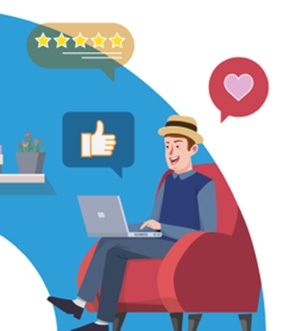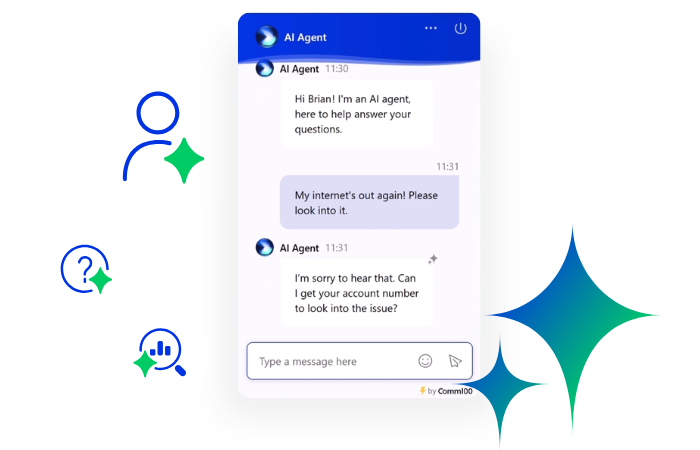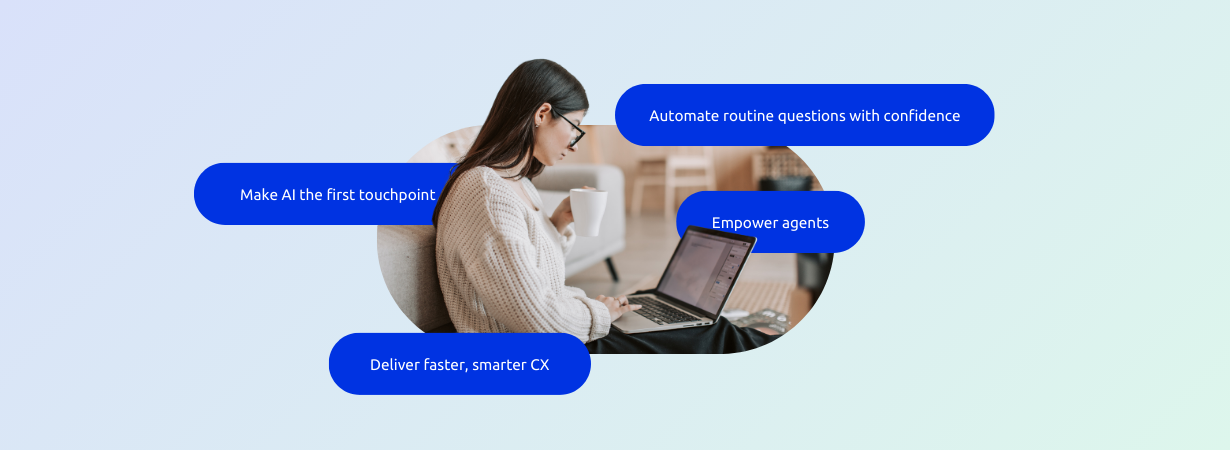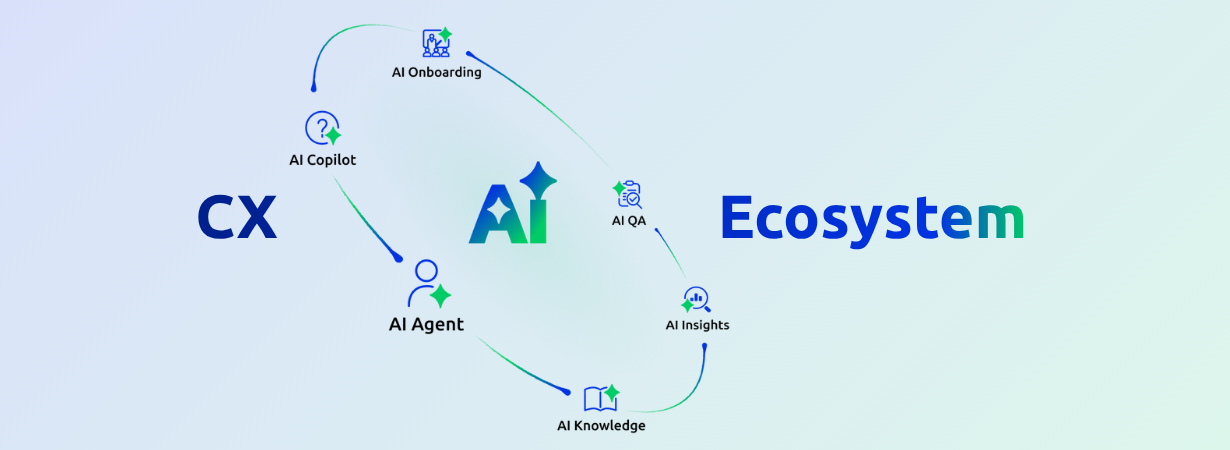Most companies would agree that excellent customer service is a crucial aspect of running a business. A simple conversation between a customer service agent and a client goes a long way in determining whether that client will continue to pay for your services or whether they will move on.
Customers expect a lot more from customer service agents than a simple greeting. They want to connect with the business on a more emotional level and develop trust by getting reassurance from someone within the company. A customer service agent plays a more significant public relations and marketing role. They often are engaging a client who is already interested in that product, and therefore they can welcome the customer inside or leave them outside wondering whether to come in or move on.
Customer service agents should be adequately and continuously coached to learn the skills they need to provide quality customer service. Just like coaching in any other field, the coach needs to take the time to observe those being coached and to build them up where they need help. A coach, in this case, has the task of monitoring how customer service agents deliver their services and identifying areas of improvement to enable the company to leverage quality customer service for customer retention.
Traditionally customer services departments are located at the very end of the corridor where agents working long hours and are generally hidden in the background. The metrics tracked by the customer service supervisor monitoring logs are more focused on quantity of customer services rather than quality of service. This narrative is slowly changing, and more companies now embrace customer service as a means of collecting feedback from customers and also identifying areas of improvement.
According to Cynthia J. Grimm Chief Customer Experience Officer for CX Solutions, creating a proper coaching plan may be time-consuming but once created it will be a resourceful tool for your team in the long term. This will reinforce your relationship as a coach with your team and turn the goals set for your team into reality. The coach does not necessarily pump the team with his own ideas, rather comes in to help the team maximize their own unique abilities to give the customers the best experience.
The coaching method embraces constant processing of feedback instead of analyzing feedback annually. Since coaching is an investment the company is making to improve their employees’ skills, it is necessary that the process is successful and beneficial. Below are some tips on how you can make the best use of a coaching program.
Tips on How to Maximize a CX Coaching Program
Be Tactful – This means not only targeting the agents that may be underperforming. Coach all the agents but also focus on those that need slight improvements. You are trying to coach the average performers to the A team.
Micro Coach – These are unplanned sessions that are aimed at giving the agent a more personal talk and possible actions that they should take to improve their performance. This can be a good time to congratulate the best performers, encourage the mid-level performers and to train the agents that are below average. The goal is to ensure that they all excel in what they do and maximizing their potential.
Plan for one on one coaching sessions – While group sessions can save on time, one on one sessions are more likely to produce results. Each agent can get advice tailored for them which will eventually translate to the performance of the entire team as a unit. One on one coaching sessions will let agents share their experiences more easily without the normal pressures from being a group. Set goals for each coaching session. It is wise to focus on certain aspects of the agent’s performance, to ensure they fully benefit and understand how to improve on those areas rather than giving generic advice. They may not take away anything from the session if you do so. Stick to the important aspects only.
Listen to the agents’ perspective – Pay attention to the individual agents’ attitude and needs as you go along the sessions. Rate whether they are top, mid-level or low performers. Find out whether they are knowledgeable about performance data that managers use and be open to answering all the questions they ask. Base the session on recent performance records instead of hearsay or legacy information. You should always base your coaching sessions on solid research. This can be a call you listened to, feedback from customers or any other data that is used to gauge the quality of performance. If your training tips are based on recent and relevant situations, the agent will be able to better internalize the learnings over an abstract, theoretical and irrelevant situation. Encourage the agent to respond. Do not let the coaching sessions be a one-sided speech. It should play out like a casual conversation but with a touch of seriousness. Listen to the agent and also ask them for suggestions on how they can improve their performance before giving them your own.
Start on a positive note – Coaching is aimed at improving the agents performance rather than putting them down by judging them and pointing out all their weaknesses. Start your session by praising before pouncing. Give the agent a chance to self-evaluate before giving your own comments and advice. Use open-ended questions and stick to the performance aspect rather than the individual. Expressing your confidence in the agent will make them realize how they can improve. This should come out in the way you coach. Be collaborative and approachable. This will bring out better results and will be the basis of future coaching sessions. Be sure to end on a positive note. The beginning and end of your sessions should be positive. This will generate the right attitude for the agent to deliver on what you discussed.
Simplify the sessions – While you can paint a general image of the brand guidelines and expectations to the agent as part of training, the sessions should be focused on aspects of their individual performance. Your feedback on their performance should be delivered clearly and each criticism should be accompanied with advice. Put your criticism of their performance in context to help the agent further point to how they stand compared to other agents according to how their performance is rated. This could be speed, for instance. Point out how this eventually affects the business and have some records to back up your arguments.
How to Create a Customer Service Coaching Plan
- Assess the potential of the team at the time of coaching –This entails looking at the performance records such as customer surveys and feedback. Analyze the areas that need more training and those that are doing well to determine how intense the sessions will be and the expected outcome at the end of the training.
- Concentrate on Customer service attitudes, skillset, and the way they behave during training – Create practical exercises that will engage the customer service agents. This will give you the opportunity to identify the issues that stand in the way of excellent service delivery and will also allow you to effectively suggest improvements during coaching.
- Go through the customer service guidebook before starting the coaching process – Review your company’s customer service practices and goals and include them in your coaching program. This should form part of the general team briefing and not individual sessions. If there aren’t any existing standards, this will be a good time to create and develop some standards with your team. This involvement will drive the team to commit to what they came up with going forward.
- Involve the supervisors while creating a plan – You can request your supervisors go through the plan before executing it. Give the supervisors prior training to instill the standards you intend on passing over to the agents during the coaching sessions. This will enable a continuation of the goals and teaching you provide. You should train them to solve any upcoming issues and to be able to handle any obstacles that arise in the problem-solving process. Give practical lessons during the coaching process.
- Plan on rewarding the best performers – Have an awards session to congratulate and award the best-performing agents. This can be turned into an ongoing monthly routine done through nominations by the agents themselves, supervisors, and managers to involve the entire team.
- Assess the results of the coaching program – Once the process is done, analyze the results. You can have performance ratings or process monitoring to analyze if there were improvements on the areas discussed during coaching.
Customer service coaching is a great way of ensuring your team is reminded of company values and their role in meeting company goals. It is a fun way to engage the team and give them new skills that will improve the quality of their service delivery.
Download now: Improve Your Customer Experience: An Action Plan for CX Success
This eBook contains best practice tips from the CX field, encompassing methodologies like Six Sigma to ensure your pathway to customer experience improvement is clear and straightforward.
Download Now
eBook







